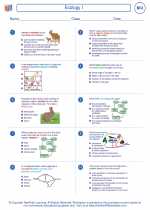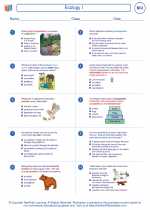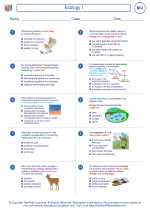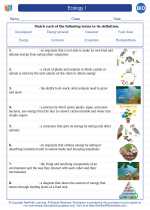Ion Channels: Explanation and Study Guide
Ion channels are integral membrane proteins that form pores in the cell membrane, allowing the passage of ions such as sodium, potassium, calcium, and chloride. These channels play a crucial role in various physiological processes, including nerve signal transmission, muscle contraction, and the regulation of cell volume and pH. Here's a breakdown of the key concepts related to ion channels:
Structure of Ion Channels
Ion channels are made up of subunits that come together to form a pore through which ions can pass. The subunits may consist of multiple transmembrane domains that create the pore, as well as regulatory domains that control the opening and closing of the channel.
Types of Ion Channels
There are several types of ion channels, including voltage-gated channels, ligand-gated channels, and mechanically-gated channels. Voltage-gated channels open and close in response to changes in membrane potential, while ligand-gated channels are activated by the binding of specific molecules (ligands) such as neurotransmitters. Mechanically-gated channels are sensitive to mechanical forces and open in response to physical changes in the cell membrane.
Function of Ion Channels
Ion channels play a critical role in the generation and propagation of action potentials in neurons and muscle cells. They also contribute to the regulation of ion concentrations inside and outside of the cell, which is essential for maintaining proper cell function.
Regulation of Ion Channels
Ion channels can be regulated by various factors, including membrane potential, intracellular signaling molecules, and the binding of specific ligands. This regulation allows for precise control of ion flow across the cell membrane in response to changing physiological conditions.
Study Guide
To understand ion channels thoroughly, it's important to focus on the following key areas:
- Structure and function of ion channels
- Types of ion channels and their activation mechanisms
- The role of ion channels in nerve signal transmission and muscle contraction
- Regulation of ion channels by membrane potential and ligand binding
- Clinical relevance of ion channels and their potential as drug targets
◂Biology Worksheets and Study Guides High School. Ecology I

 Worksheet/Answer key
Worksheet/Answer key
 Worksheet/Answer key
Worksheet/Answer key
 Worksheet/Answer key
Worksheet/Answer key
 Vocabulary/Answer key
Vocabulary/Answer key
 Vocabulary/Answer key
Vocabulary/Answer key
